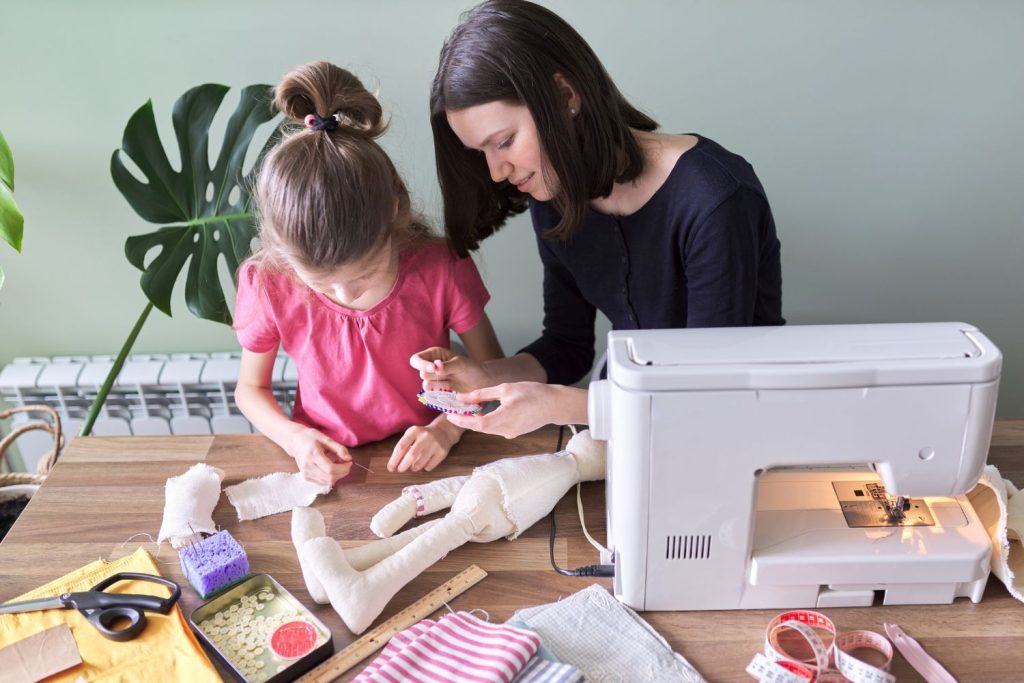
Hobbies and Leisure Activities: Finding Joy and Fulfillment in Pursuing Your Passions
Hobbies and leisure activities are more than just ways to pass the time—they are windows to personal fulfillment, creativity, and relaxation. In a world often

Hobbies and leisure activities are more than just ways to pass the time—they are windows to personal fulfillment, creativity, and relaxation. In a world often

Financial well-being is an essential aspect of a fulfilling life. Proper personal finance management and budgeting can help you achieve your goals, reduce stress, and

Your home is not just a place to live; it’s an extension of your personality and a canvas for your creativity. Home improvement and interior

Travel and adventure have the power to transform our lives, broaden our horizons, and create lasting memories. Whether you’re an intrepid explorer seeking thrilling adventures

In our fast-paced world, the pursuit of a healthy and balanced lifestyle has become more crucial than ever. Healthy living is not just about the

In the digital age, data is a marketer’s best friend. The wealth of information available through analytics tools provides invaluable insights into consumer behaviour, campaign

Social media has evolved from a platform for connecting with friends to a powerful marketing tool for businesses. In today’s digital age, social media advertising

In today’s digital age, consumers are constantly bombarded with advertisements. Traditional marketing approaches are losing their effectiveness as consumers seek authenticity and genuine connections. Enter

In the ever-evolving digital landscape, content marketing remains a cornerstone of success for businesses of all sizes. As we step into 2023, the strategies that

Diversity, equity, and inclusion (DEI) have become critical focal points in the modern workplace. Creating a culture that values and celebrates diversity not only drives

In today’s fast-paced world, achieving a healthy work-life balance and maintaining overall well-being is a challenge that professionals across industries face. The consequences of neglecting

In the rapidly changing landscape of work, where technology evolves at lightning speed and industries transform overnight, one constant remains: the value of skills. Continuous

In today’s digital age, the job search landscape has evolved dramatically. The days of scanning newspaper classifieds and sending out paper resumes are largely behind

The world of work is undergoing a profound transformation, driven by technological advancements and shifting job markets. As we navigate the ever-evolving landscape of work,

In our fast-paced modern world, where bustling schedules and endless screens dominate our lives, sleep often takes a back seat. Yet, sleep is not merely

In the whirlwind of modern life, where schedules are often packed and responsibilities seem never-ending, taking a step back to prioritise mental health and wellness

In an age of technological marvels, healthcare is experiencing a revolution that transcends traditional boundaries. Telemedicine, a term that was once relegated to science fiction,

Renovatio, a leading provider of antioxidant supplements, has recently achieved a significant milestone by securing a substantial $5 million deal with Coles, a major Australian

The dawning era of post-quantum computing is poised to revolutionise the world of cryptography and digital security. As quantum computers inch closer to reality, businesses

The landscape of e-commerce has undergone a profound transformation, driven by the integration of artificial intelligence (AI) into every facet of the online shopping journey.

In a world increasingly concerned about environmental impact, sustainable technology innovations are driving a powerful transformation across industries. The convergence of technology and sustainability is

In the era of instant connectivity and data-driven decision-making, the advent of edge computing has emerged as a transformative force for businesses across various industries.

If you want to target people, you’re probably also turning to social media advertising. But in which regions is this approach particularly lucrative? We introduce

If you want to benefit from your assets in the future, not be afraid of a huge collapse or something else, then diamonds investments is

Most people who do not normally perform restoration of roof on a regular basis are unaware of the importance of such renovation. To maintain the efficiency of

Google is increasingly geared to users and their needs. What you should pay attention to, so that your content meets the user intent. The fact

How can the advantages of influencer marketing be used and the disadvantages of digital opinion leaders largely avoided? The answer for marketing managers: community marketing.

Rising ad blocker numbers and increasingly fierce competition make online shops more and more difficult to attract the attention of customers. Trusted Shops lists the

The installation of an Air conditioning is quite a complex operation. For a successful installation, some precautions are essential in order to be up to standards. However, do not

The process of moving to an office is different from moving home. In general, there are many more people involved in an office move than

Hot water is something we use every day. It is essential to our current lifestyles. However, the water is not directly hot when it arrives in your

Unique wines have long become a real legend not only among the inhabitants of the countries, but also in . The history of Hunter Valley Wine

Choosing accommodation for a trip is not an easy task. Exorbitant prices, that the area is as central as possible, flexible entry and exit times

Do you want to know an efficient and cost-effective way to get your building approved in Australia without going through council? Do you want to

The application of new technologies in our crops is producing a change in the way of operating of the businessman and the farmer. Australia has

Today in the happy traveler we bring you a topic that you are going to love, because as you know, we like to give you

Pink diamonds are among the rarest colored diamonds. Their beautiful tint, rare availability, and geological makeup make these a unique possession. Furthermore, they are believed
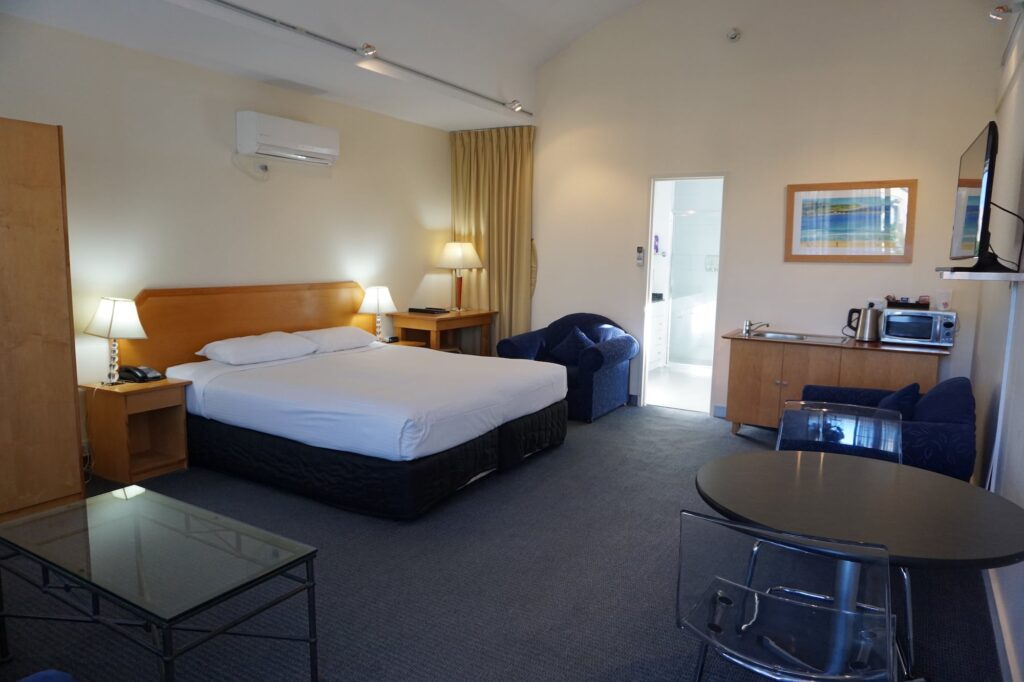
When we are young and we travel we only have to worry about having a place to rest from time to time, without further pretense.

The Technical Building Inspection (ITE) is a mandatory and periodic technical control that all old buildings must pass, in order to guarantee their safety. The Technical Building Inspection is

To prevent you from overpaying on this bill, we give you 10 ways to save energy at home. Due to the coronavirus crisis, which has

As your home’s essential insurance from the sun, hail and downpour, your roof is formed to endure the components so on remain solid. Be that

Commercial plumbing refers to the installation and repair services of mechanical pipes and fire sprinkler frameworks in cafés, lodgings, and different businesses. The main objective
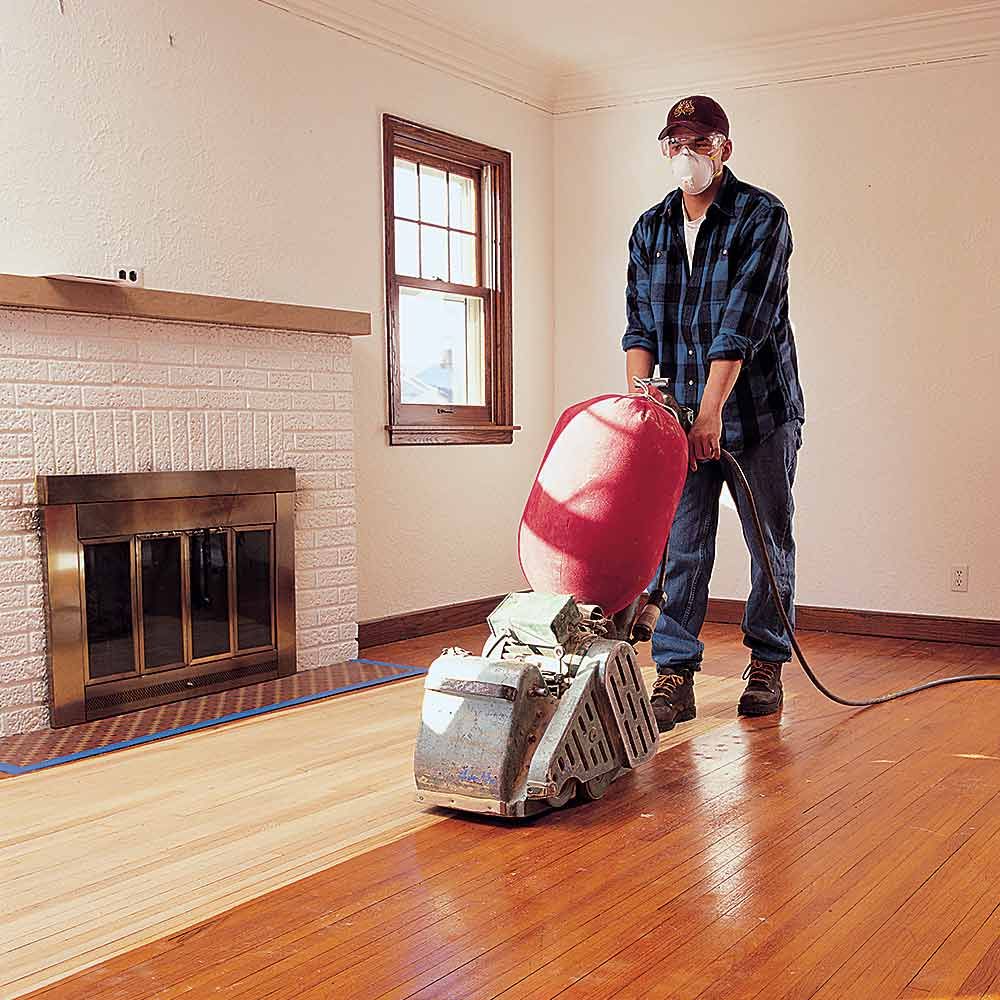
Sanding of a wooden floor sanding is used to obtain a perfectly flat parquet or plank surface. Moreover, this technology is used for both the old
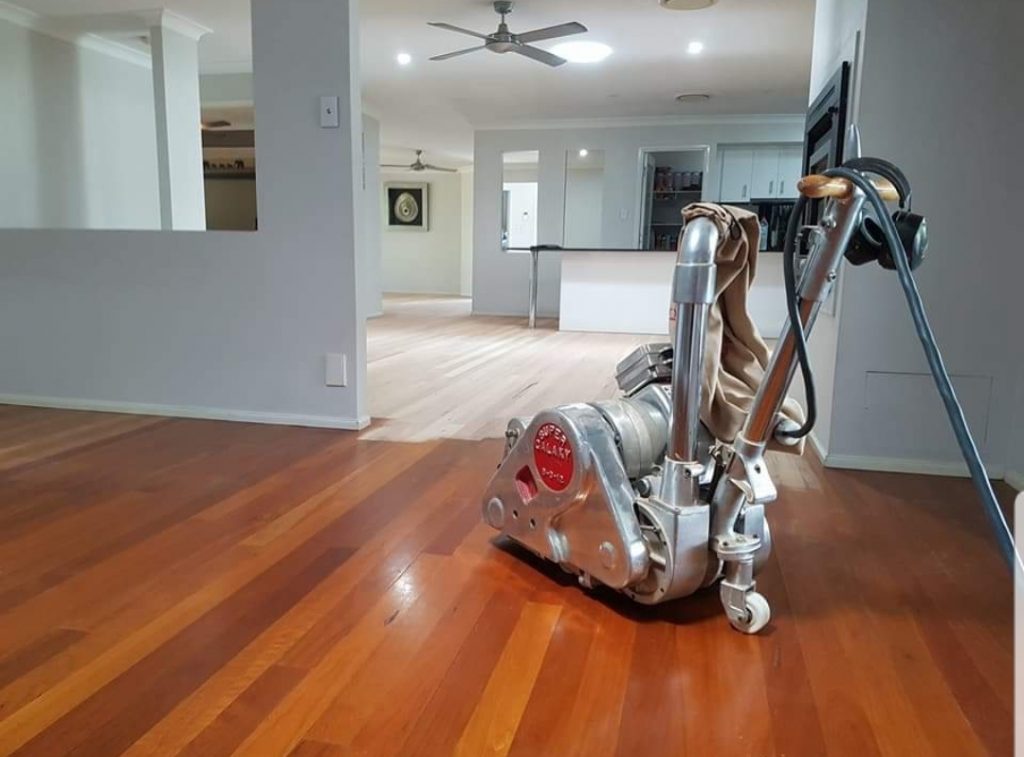
In these times of isolation, many have decided to meddle in manual tasks of home redesign, furniture recreation, decoration, among others. This modern floor sanding

Let’s be honest, drones are stylish in numerous regions, and they are more than appealing for certain professions, for example, photography and making varying media

Are you constructing a new building or simply undertaking some major additions, improvements or renovations? A building certification should be done first. Building affirmation ordinarily

In each sector it is necessary to have professionals who know how to do their job well and fulfill their responsibilities. In the case of the

The roof is one of those essential elements in the home, which are not usually paid the attention they deserve. The passage of time can cause

Deciding where to invest your money is one of the most important parts of the entire investment process. real estate agents newcastle has always been an

Today we will tell you what skills and abilities any real estate agent needs. Anyone can try himself as a realtor, regardless of whether he

We offer all the cleaning services that your false ceilings may need.We work with ecological products (more information about Roof Restorations and the advantages of

How much is required to start winemaking As reality showed us, those wine-making companies and small vineyards (wine cellars), the initial capital in which was
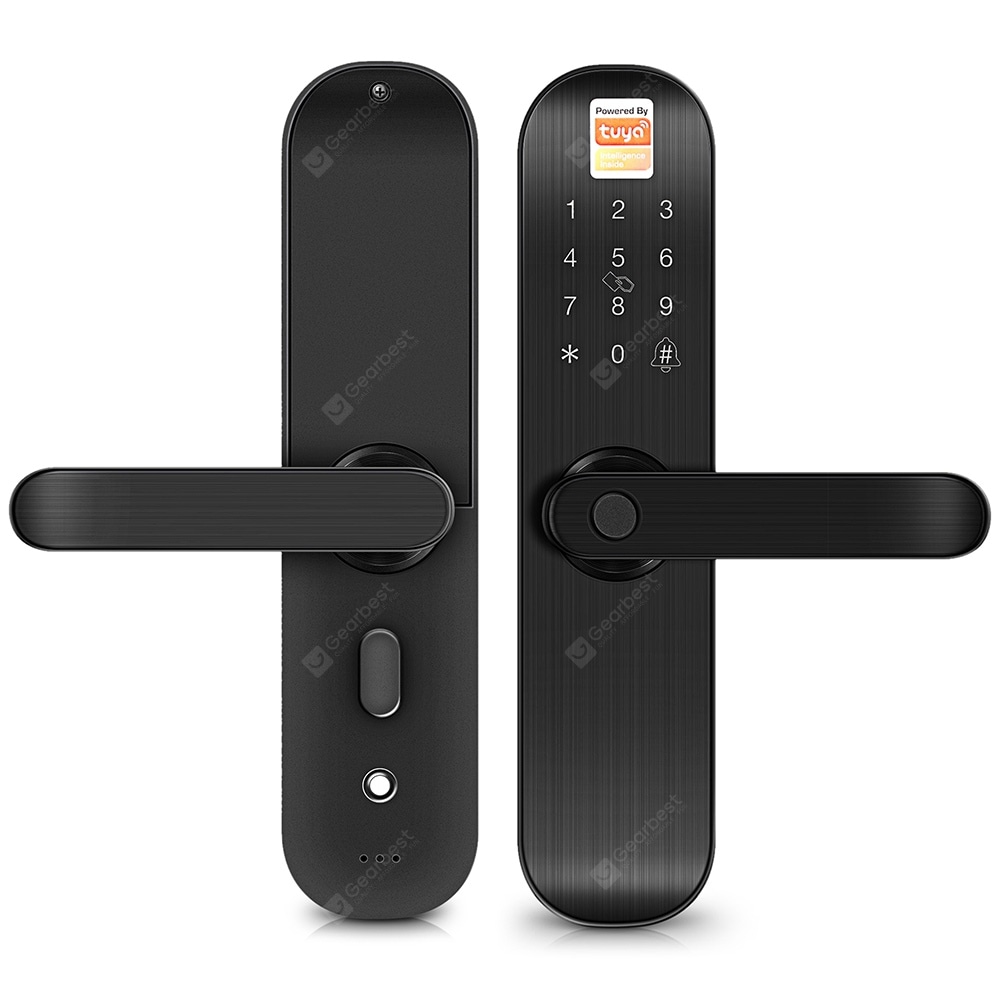
When it comes to security, don’t skimp on means: your belongings are at home, protected by smart locks behind a door. If certain materials are more

A story about hunter valley wine tours the peculiarities of tourism and recreation. Useful information about newcastle for the traveler. Newcastle is equal to grapes: lands
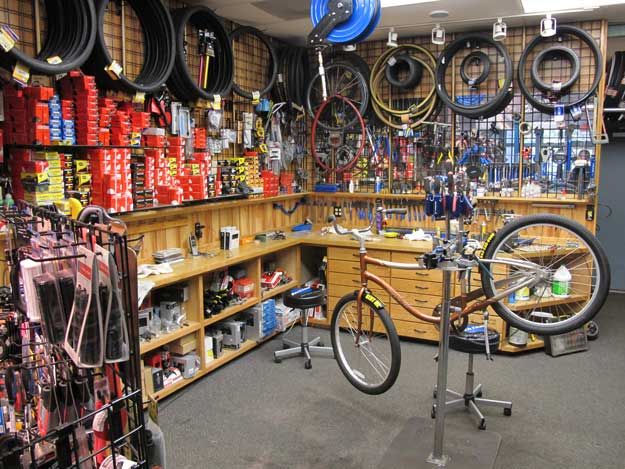
ONLINE BIKE SHOP – THE BEST RANGE OF PRODUCTS FOR CYCLISTS Many people, despite having cars, are fond of bike shop. Such a pastime is very
An electrical services network is a set of electrical installations for the transmission and distribution of electrical energy, consisting of substations, switchgears, conductors, overhead and
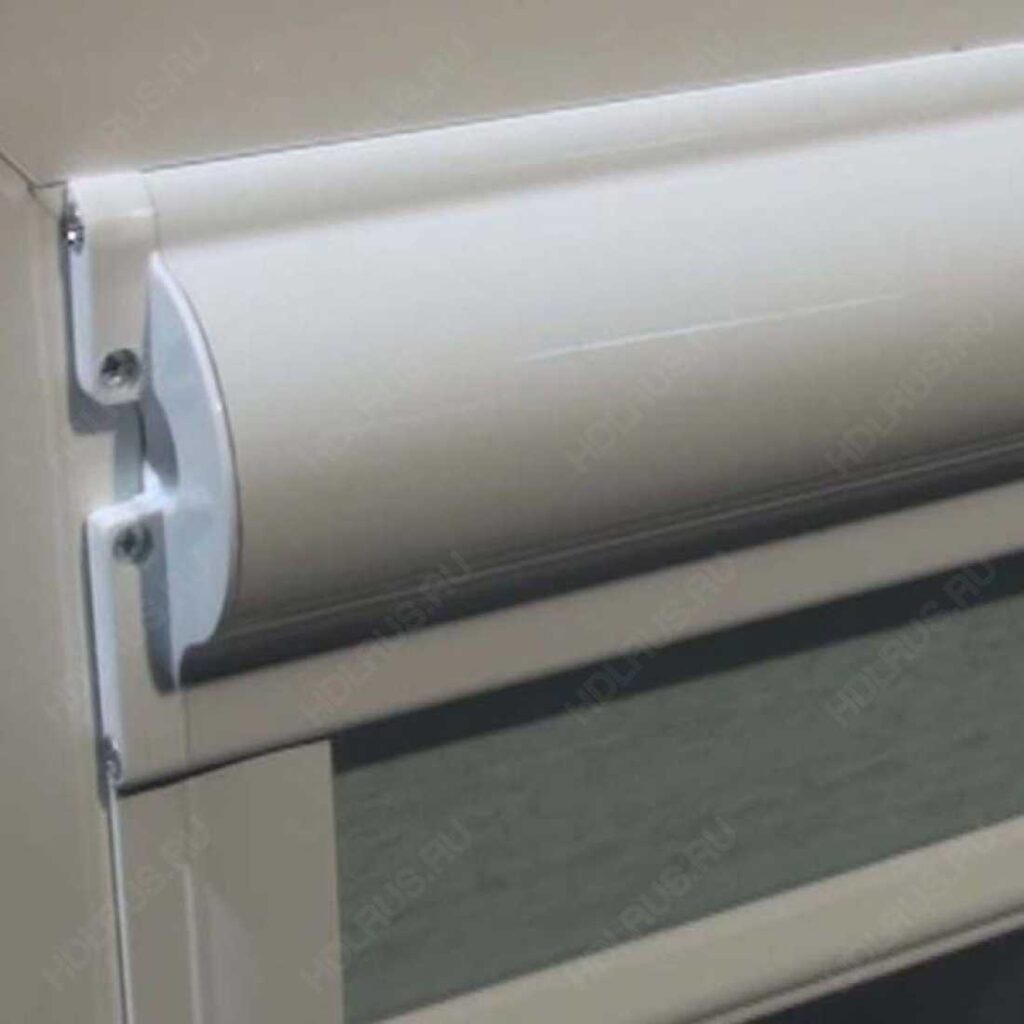
Choosing the right battery system is a forward-looking decision. Since battery system from different manufacturers are not compatible with each other, it is worth making a

Solar energy markets are undergoing a remarkable transformation, now at the beginning of the year: solar energy , for the first time, is becoming the cheapest form of green

THE BENEFITS OF TECHNOLOGY FOR TRANSPORTATION SERVICES Nowadays, new technologies bring many advantages and the transportation services industry is no exception to this rule. These new
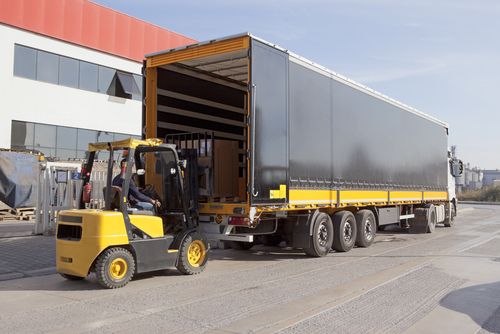
Dangerous Goods Licensing is a document that allows the use of vehicles with different carrying capacities for transporting explosive, flammable, toxic, radioactive and other substances

Revealing the profusion of digital solutions for the real estate agents , one can wonder about the evolution of the real estate agent profession. An OpinionWay

I think almost every one of us knows what a solar power plant and a solar panel are. But not everyone knows that, on average, the

Matte wedding rings Wedding rings made of matte metals are rapidly entering wedding fashion, replacing the classic glossy options. Shining jewelry is not always appropriate
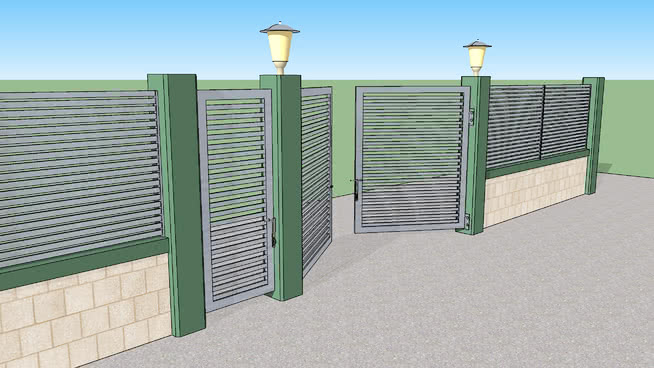
The type of fences you choose will not only affect the outside of your home, but it will also provide the most important benefit of
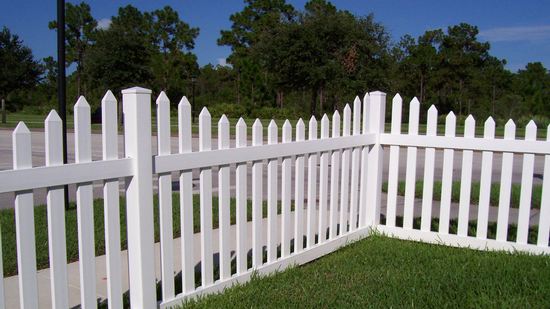
Wood is still one of the most fashionable and prestigious materials for building fencing – a natural material with a beautiful texture and natural aura. A

Scientists have stated that it is possible to maintain the performance of solar panel practically unchanged for 60 years using materials that can neutralize degradation caused by
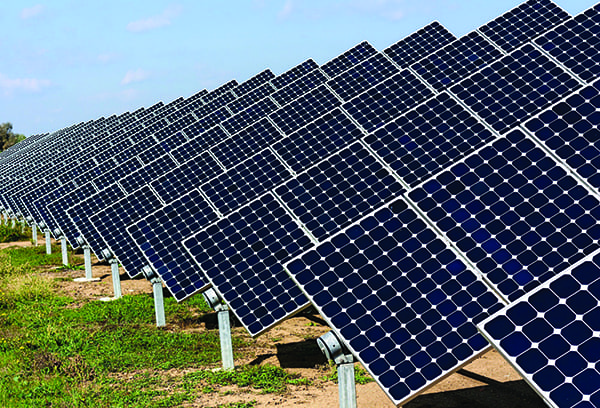
The idea of using a Solar panel battery to charge various gadgets seemed to me very promising, but of course, 21W as a universal charging
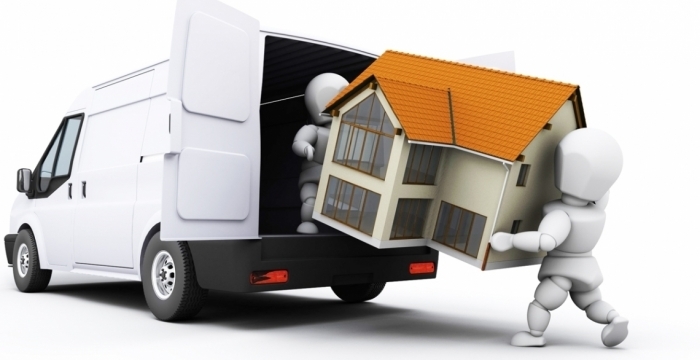
You have all heard that moving was one of the most important removalists sources of stress for the Australian, ranked third after bereavement and dismissal

real estate agent is a specialist who buys, sells or exchanges real estate. Solving the problems of clients, he chooses the necessary object, studies the demand
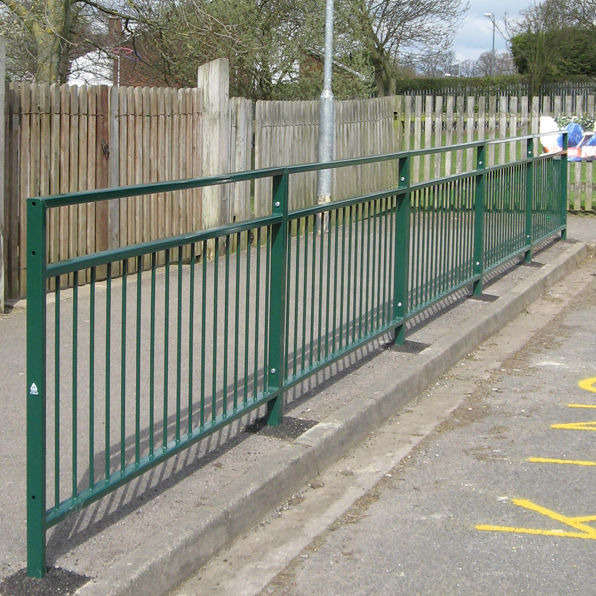
The reliable High Security Line protective barriers are used to ensure the safety of the territory and to protect it from strangers. The type of construction

hostels and other buildings designed to hotels accommodation guests meet the necessary requirements and sanitary standards, and not all of them will be able to

In the long list of sectors fully affected by the general quarantine in the face of the coronavirus pandemic are the accommodation hotels, popularly known
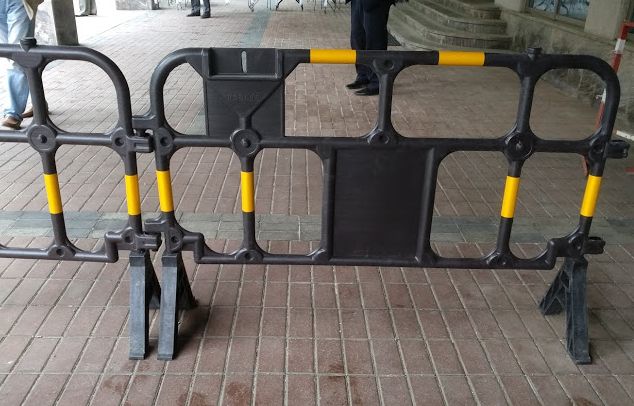
Many will find it odd to raise the issue of planning a warehouse safety barriers space with the use of safety barriers modern security measures. After

In this summer period, I decided to talk to you about a subject a little more serious than usual, that of Diamonds Investment! A true

In the case of a dangerous problem for a marriage or family, apart from the procedure described by the Dr Jonathan Toussant , he is

If you want to make the right decisions in the workplace, we must pay close attention to the following 3 rules given to business by
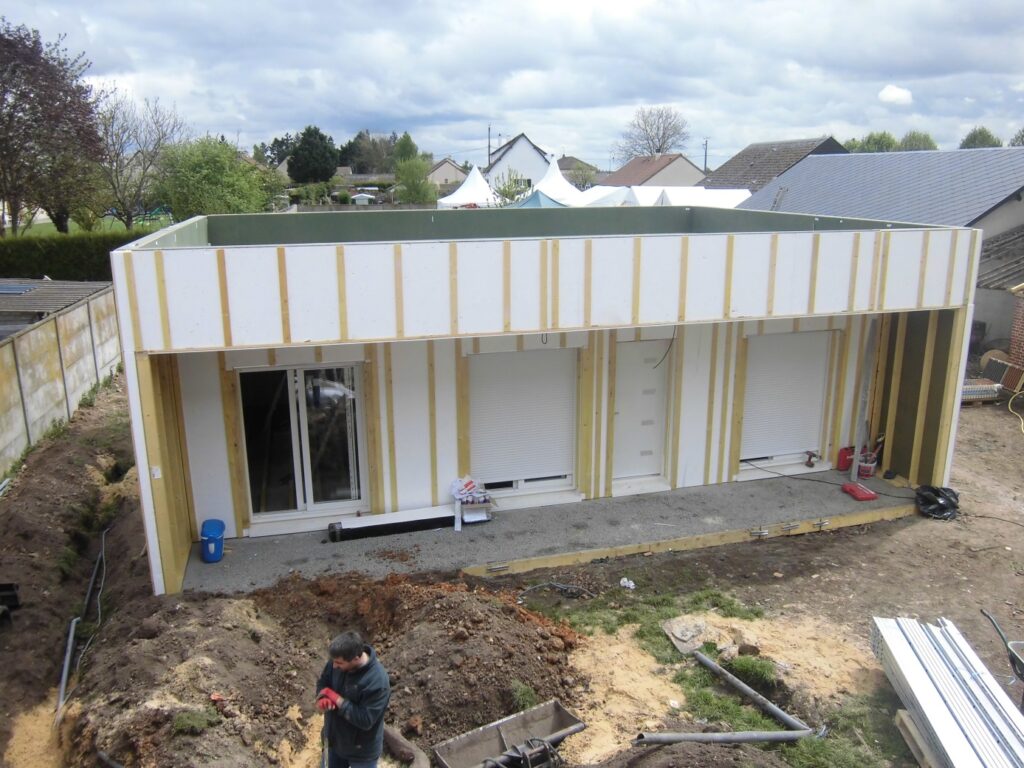
Getting into the home builder industries Despite slight variations linked to the economic context and the measures applied by the State, remarkable stability has dominated

How to create a smart home automation? There are two main options: attract a company (the so-called installer) or do it yourself. What affects the

In their quarterly barometer, home builder note the increase in the overall budget intended for the construction of a new house in the fourth quarter

In this article we collect some ideas that will surely help you too to keep your clean and delicate wooden Floor Sanding in good condition,

The smart house system (smart home) electrical solutions from a set of advanced home gadgets is distinguished by the presence of a control center and

The bathroom renovation is one of the rooms in our home intended for very specific functions, not just using your mobile or tablet as many
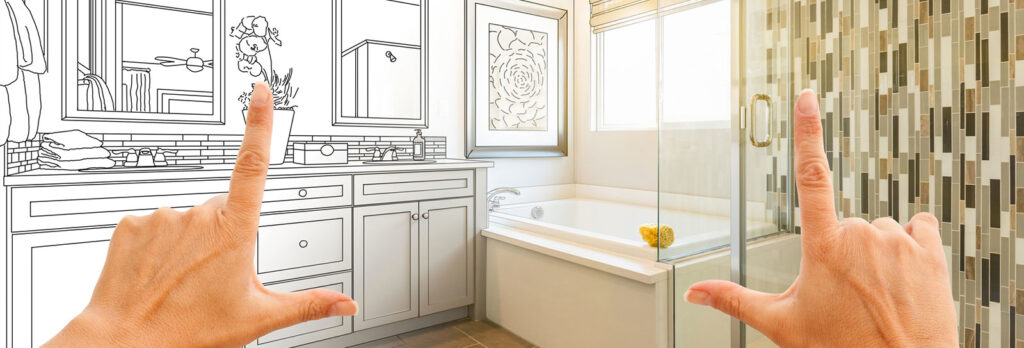
Plumbing If your bathroom is over 15 years old, you will surely need to change all the water pipes as well as toilets and faucets . If so,

Recently we shared with all of you the most common mistakes that are made during the election of engagement ring and that you have to try to

An operation Motorbike Spares of utmost importance for the proper functioning of a car is knowing how to change the oil filter on time, since

With so many factors to consider when buying a pink diamond for that special someone, selecting the right one can be a daunting experience. With this
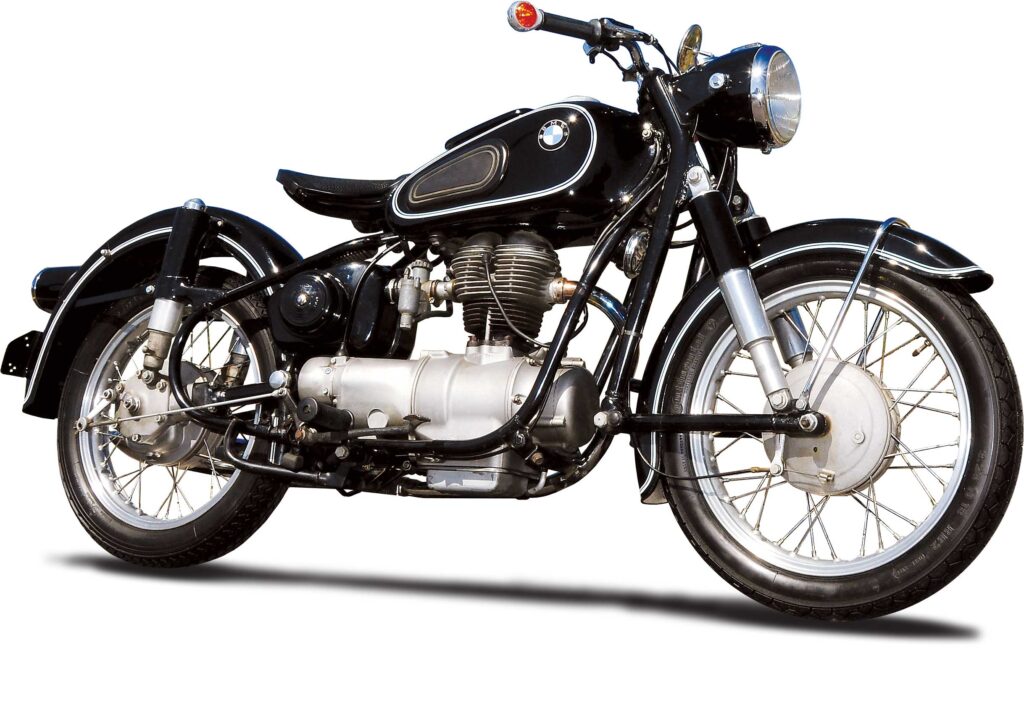
You are going to ride in your motorbike spares and see a puddle of a fluid that indicates a leak. What is it? When we see it

8 principles of effective website design from Web Alive, Australia’s leading website design and development company 1. Combine visual appeal with a business goal of

Choosing a minimalistic approach for your company’s web design? Feature only the most essential elements by focusing on these three areas. The world craves minimalism.

Smartphones, laptops, electric cars lithium-ion batteries, the invention of which, almost 50 years ago, won the Nobel Prize for three chemists, revolutionized mobility, but their
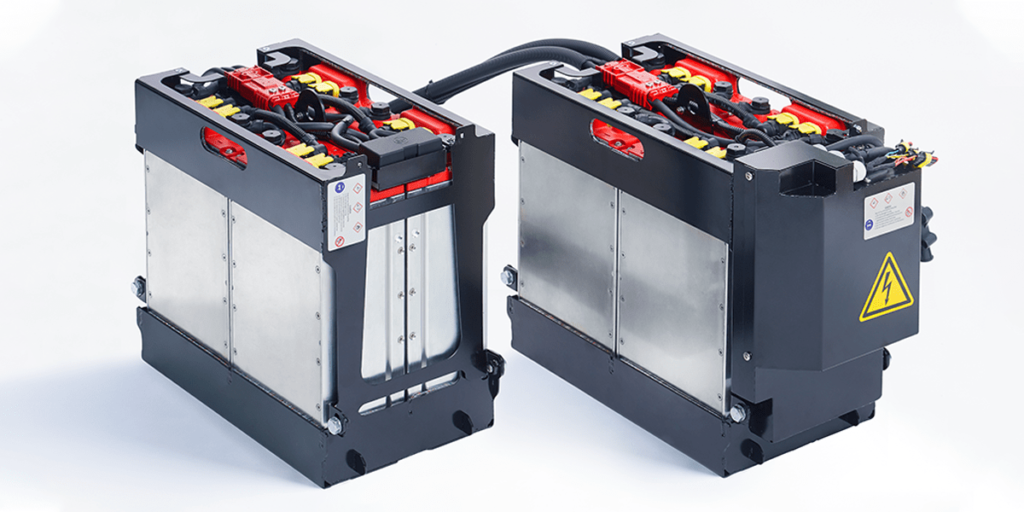
The company provides a detailed analysis of the market and future aspects of the Automotive Battery System (BSA) market . The analysis focuses on critical and important data,
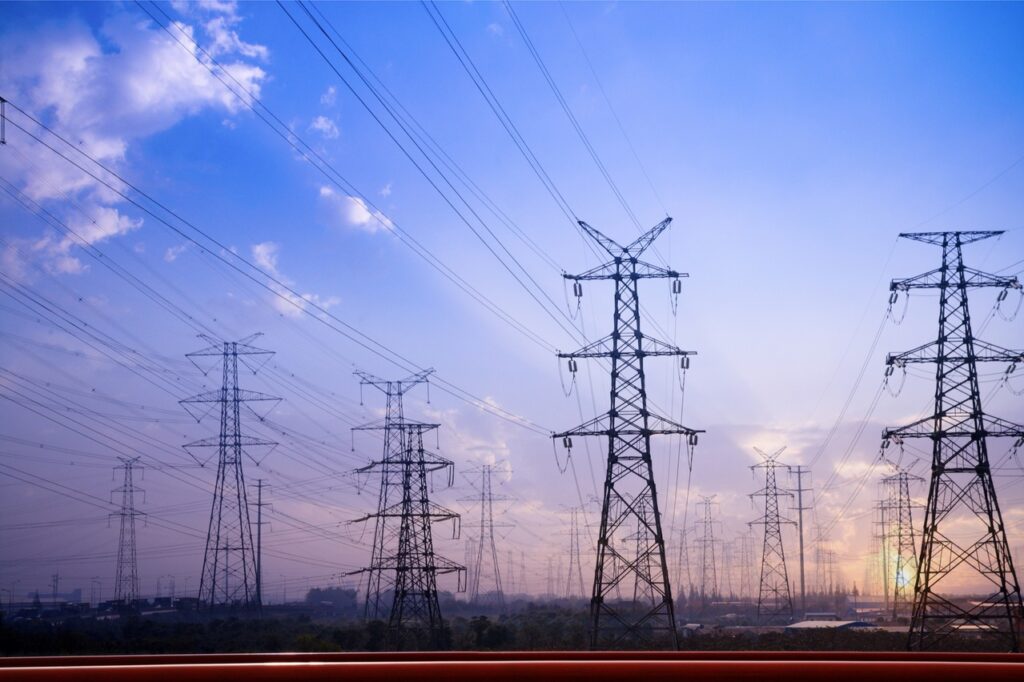
Play tightrope walkers to Electrical services ensure the supply of gas and electricity while ensuring the containment of a maximum of employees. They are reassuring: the
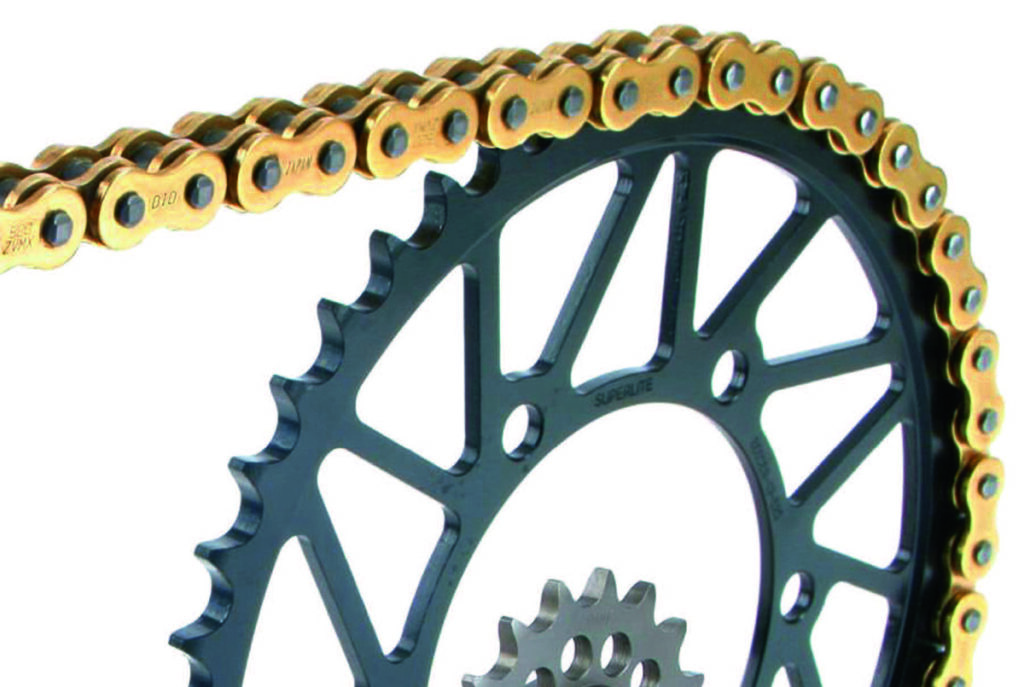
Transmitting power with the least Motorbike Servicing possible loss is the issue here. Subjected to rain, dirt, impurities, the chain kit deserves careful maintenance to
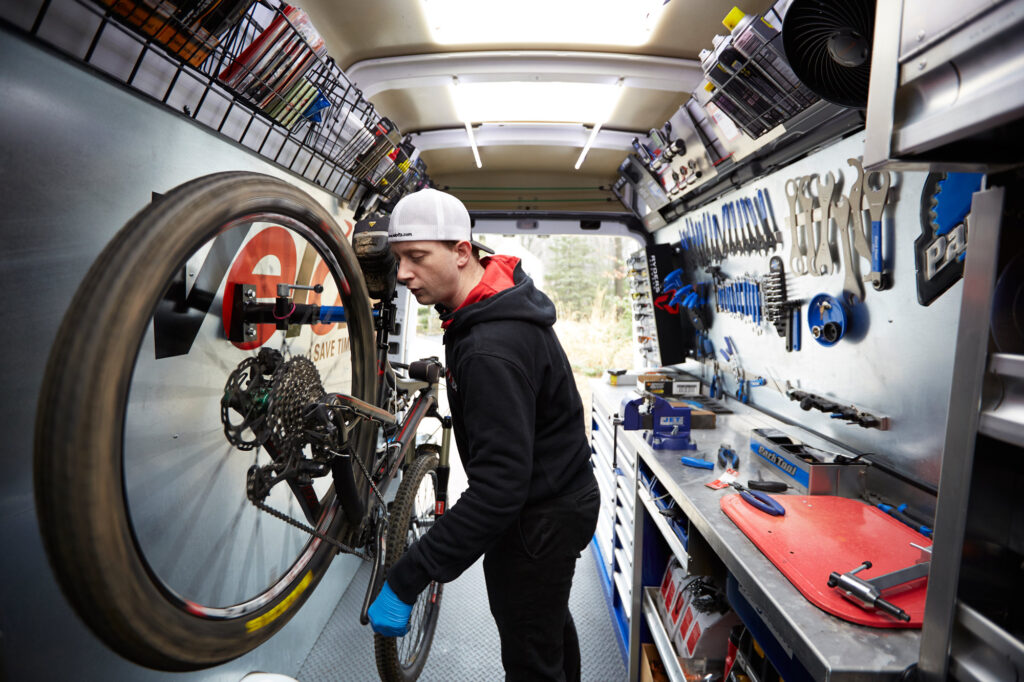
A den of enthusiasts but not only . Bike Shop This event, “friendly and family”, is also and above all “focused on urban mobility, in

Have you ever noticed the Wine labels? Would you know what information it contains? Wine labeling is a very important but unknown aspect since it is the

If you have the task of choosing the Wine Label Design at the next meeting with friends or family, at the time of choosing the

Metal roofs are a particularly attractive type of roof, especially because of their longevity (at least 50 years). From an aesthetic point of view, metal roofs can enhance a home

Burglars often try to go through the front door, because often the latter is left open or it is fragile enough to last only a
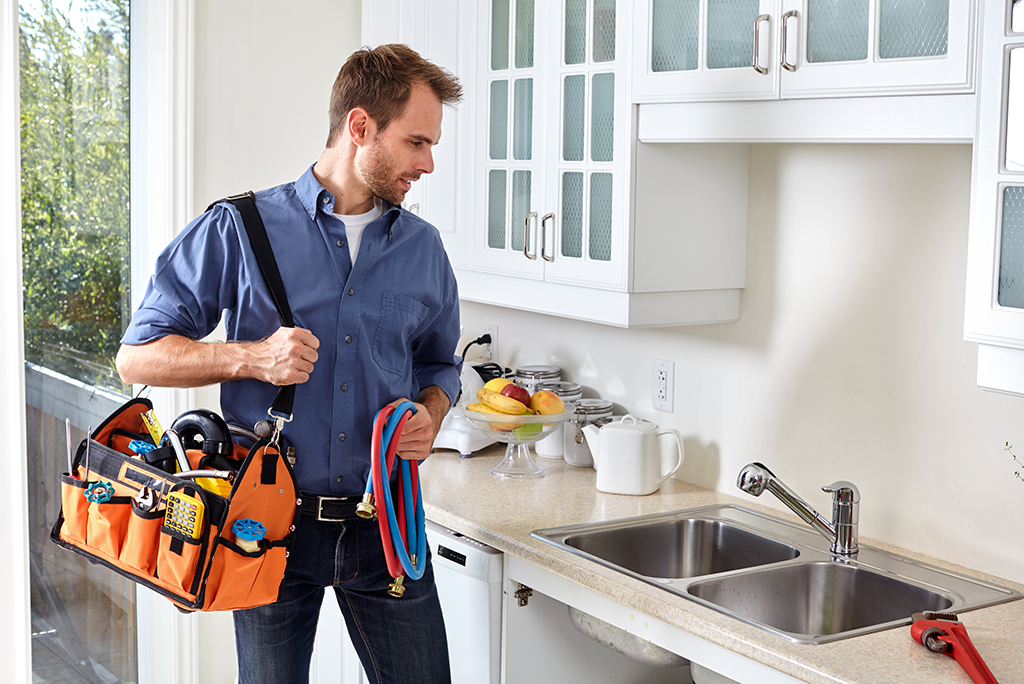
Who has not had a pipe clogging problem? At some point the water in the pipes does not come out or the pipes have been clogged,
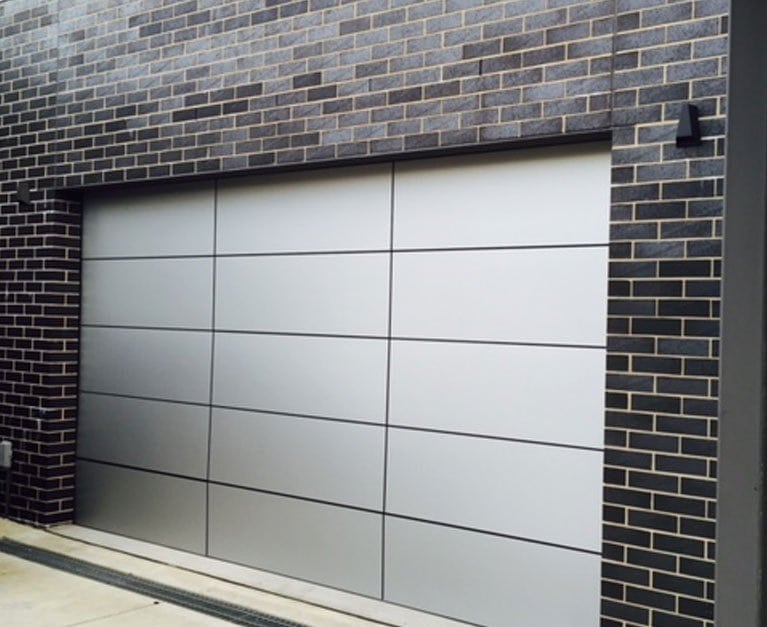
The regulations underline that the maintenance of existing garage doors in a property must be entrusted to a qualified company that guarantees that all the
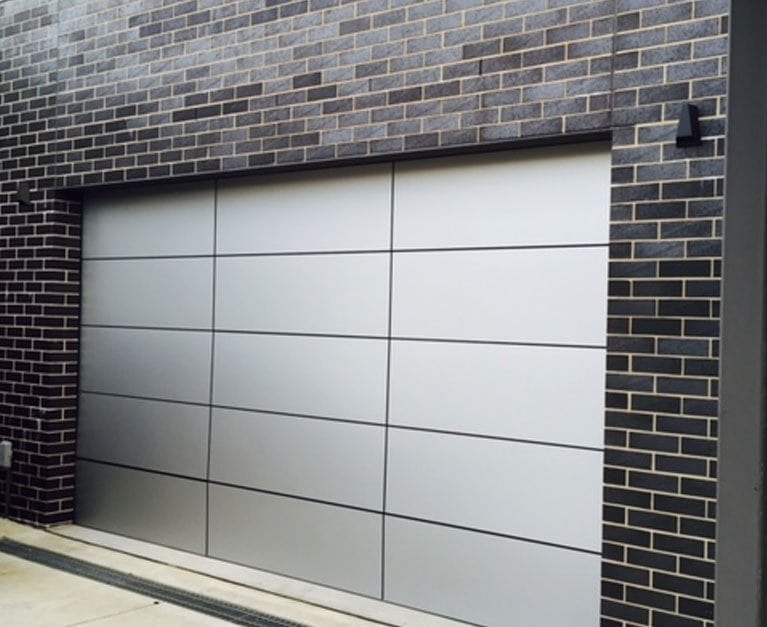
I sincerely believe that it is the question that I have been asked most in my professional life: we could say that it is the “million
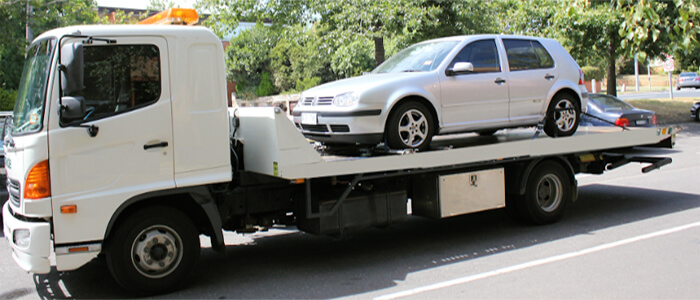
How to determine your rates a huge part of owning a successful towing business of setting your basic towing service call rates most new tours
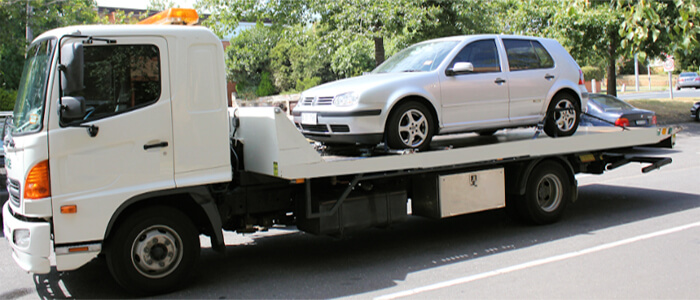
People often ask for my advice and I’m not a fan of telling people advice for things newcastle towing companies not familiar with except for

Investing in pink diamonds is a sophisticated way to diversify the portfolio of our investment portfolio and, at the same time, gain long-term security. For

Infamous and splattered by the dubious practices of certain actors: the diamond investment market is not without controversy. Therefore, we believes that it is necessary

Neuropsychologists A neuropsychologist is a professional dedicated to neuropsychology. To be able to work in this field, it is necessary to have a Bachelor’s or

A classification according to the fields of action of mental health professionals. When people hear the word “psychologist”, they immediately associate it with a man
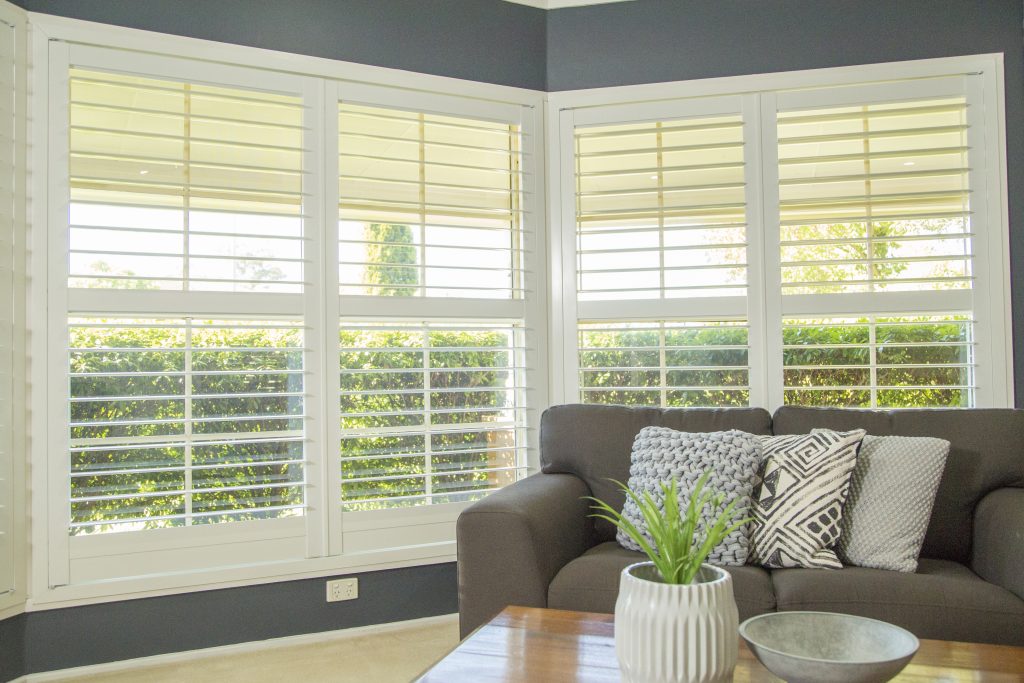
Plantation shutters will enhance the sweetness of your house to a most level. simply by putting in the plantation shutters, your house will get a
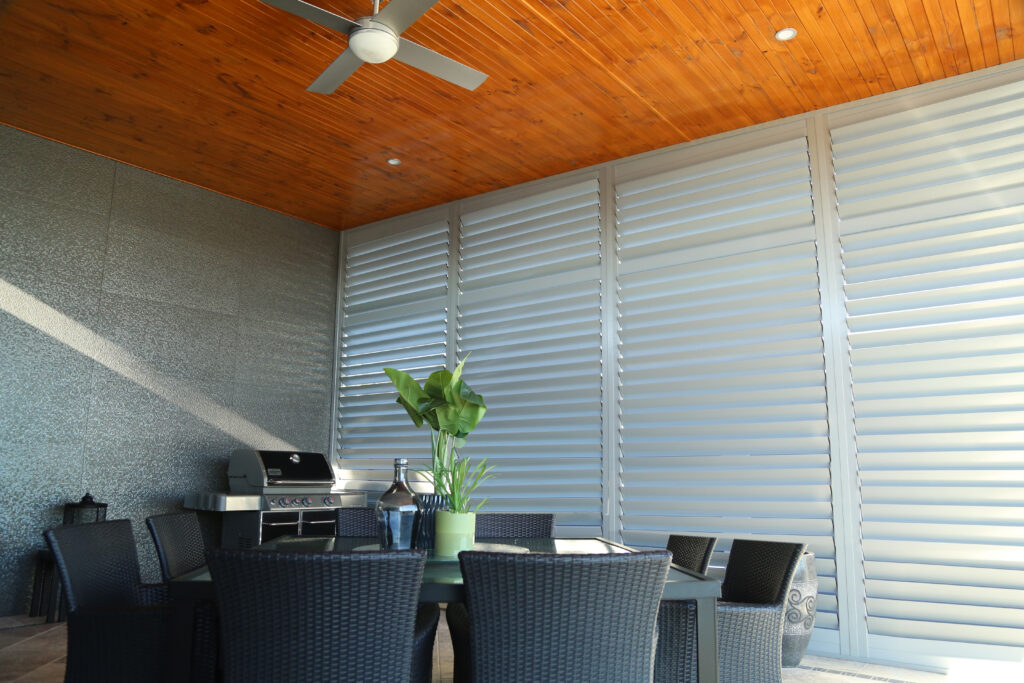
External shutters came into existence long before windows. Shutters are used for tons of functions. For that includes your home with shutters, you have got
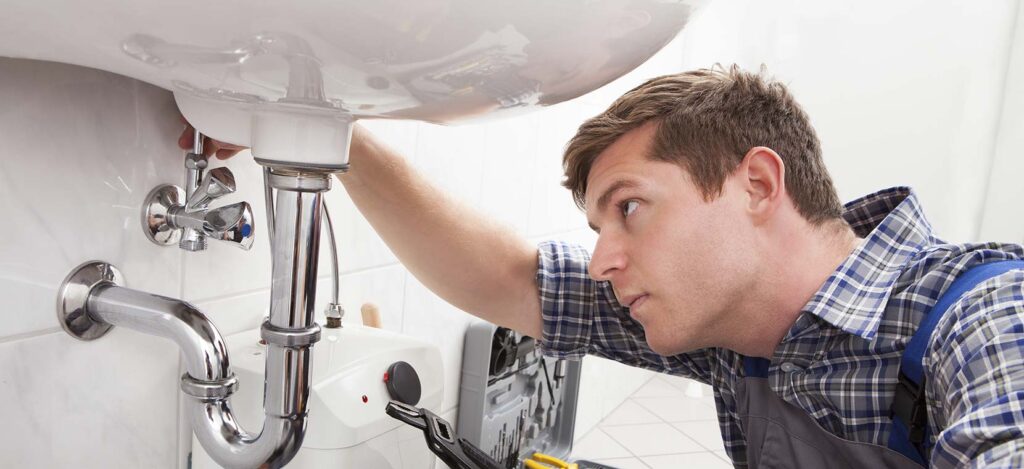
Employing a Plumber newcastle is presumptively a standout amongst the foremost important things that you just ought to do at no matter purpose you’re building
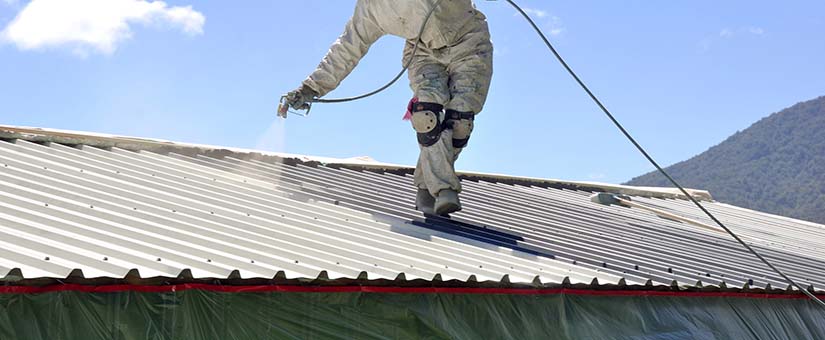
In the painting of the house, their square measure a range of aspects that require to be unbroken in mind. The selection of colour supported

Skip bins Newcastle we can offer you skip bins drop door skips and large hook lift containers Skip bins Newcastle also offer a handy skip

When choosing a Skip bins Newcastle always try to choose a local company over a national of course this isn’t always possible if you live

so it matches the infusion and the prescription and then click OK I now need to confirm the infusion volume this can be changed by

Today is should I move myself and forget the help of professionals Newcastle Removalist or should I risk paying more and hire a moving company

You’ve done most of the planning for your big day and while this is exciting it can also be stressful if you don’t have the
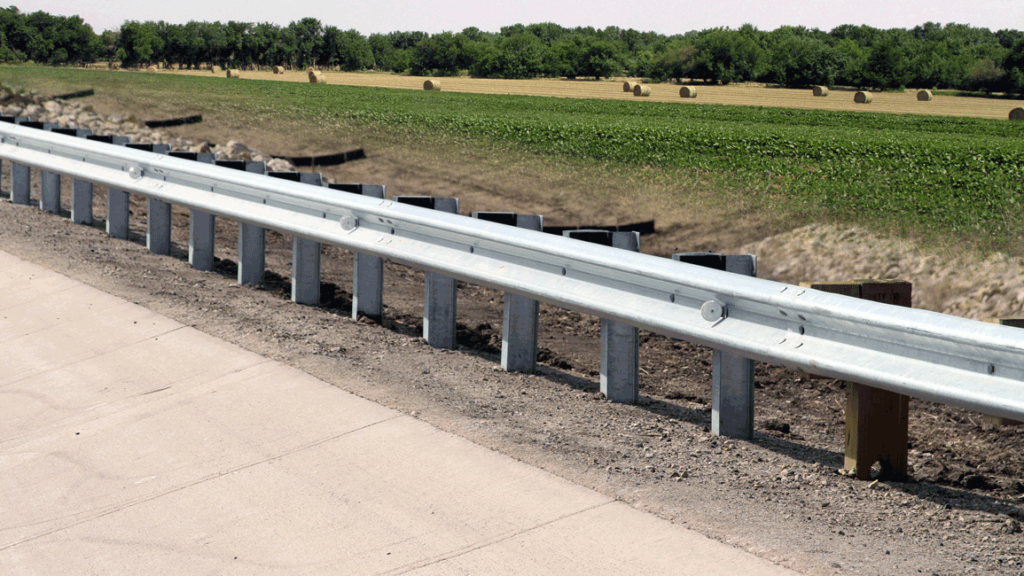
For more than years Sydney guard rails have been one of the most common types of guardrails used on our nation’s roadways strong posts Sydney

Today Psychologists like to say something about the Psychological Therapy process people who have never been in Psychological Therapy before are curious to know what

it’s really simple because then you know that you already saw that other Building Inspections Newcastle side remember never walk backwards on a roof that

Best home inspections here to show you what a basic Home Inspection is thanks for having me out today when I start I take a

It’s nice and early Building inspection specialists are gonna go and build this structure this roof for my grandpa or finish that today Building inspection

So today we’re speaking with clinical psychologists why do you tell them about what you do people come to me and people like me from

Hi everyone today I just wanted to briefly talk to you about what to do when you’re bringing your home to the market and you

World Health Day is celebrated on April 7 and this year the World Health Organization (WHO) has chosen the theme “Universal Health, for everyone, everywhere”.

This accounting mechanism allows to recognize the natural wear of the assets of a business. The depreciation of assets is a key concept in the

This April 2 Google will say goodbye forever to Inbox, an email management application on mobile, Allo, an ephemeral messaging platform that went unnoticed by

Google ends the chronicles of an announced death of Google Plus, Allo and Inbox This Tuesday is the day; Google closes three of its businesses

To connect with people, you have to be where people are. And it turns out that most people are in front of the screen: the

Nowadays, we can affirm with total certainty that the Internet has become, par excellence, the king of the media. His evolution, fierce and insatiable, continues

Online advertising is growing faster than expected, driving global advertising investment up 4.7 percent this year. That predicts the global media agency in their published

Artificial intelligence, algorithms and deep learning applications are no longer science fiction. The potential is far from exhausted. Artificial intelligence in email marketing is no

Every executive can be publicly assessed today. Reputation management becomes mandatory. CEOs must show their company’s values as their conviction. Everything that is discussed internally

Two years ago, artificial influencers were an amusing fringe phenomenon. Now there is more and more – and they bring their creators’ plenty of money.

A link marketing campaign is a great way to get your site’s users into something unique and to attract new customers. For example, you can

The shopping function on Instagram is not very old yet, and Instagram is already taking the next step: From now on, the entire ordering process